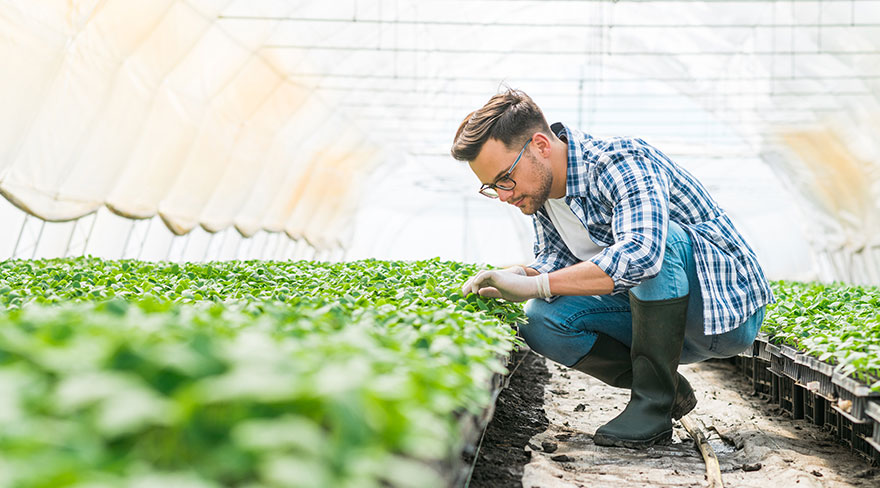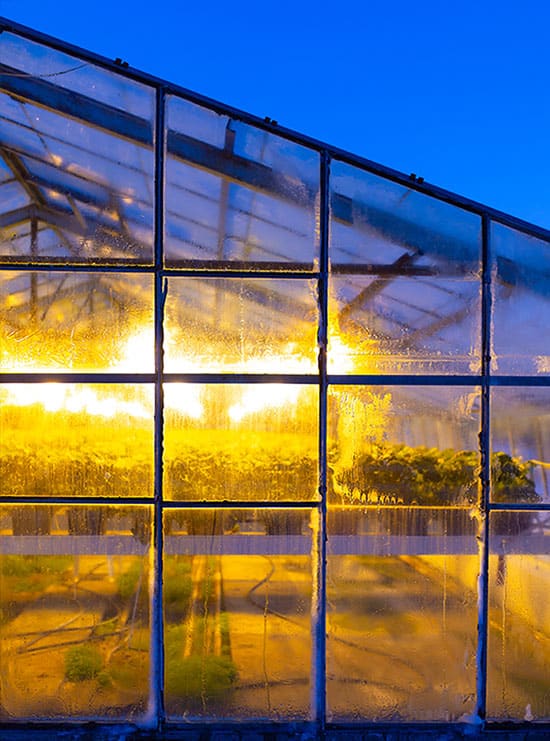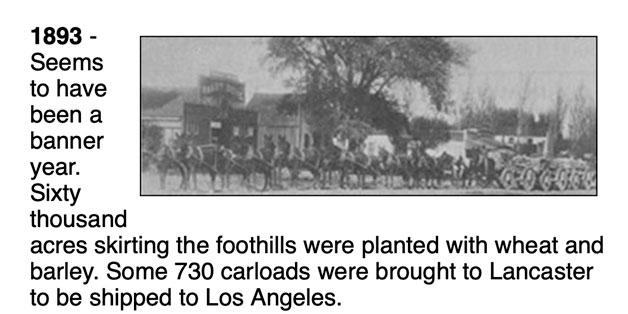Farming and Opportunity
Agriculture is written into Lancaster’s rich history. The early 1890s had years of heavy rainfall, creating prosperity for the local farmers, alfalfa being a major product. Then, in 1893, 60 thousand acres skirting the foothills were planted with wheat and barley.
Today, Lancaster and the surrounding areas are home to commercially grown high desert crops such as alfalfa, small grains for hay, onions, carrots, peaches, pears, and nectarines. Although cherries, apples, and grapes are commercially grown as well, they are produced on a smaller scale.

WHAT THE FUTURE OF FARMING IN LANCASTER ANTELOPE VALLEY LOOKS LIKE.
Lancaster has been investing in the future of agriculture. They have signed a deal with Bluehouse Greenhouse Inc, an ag-tech company focused on the development and operations of commercial scale, high-tech greenhouses, and energy centers to support the growing demand for high quality, sustainable, and traceable fresh produce.
As of 2022, over 60% of vine crops consumed in the United States are imported from other countries. Bluehouse brings those crops and jobs back onto our soil through an efficient, cost-effective, and sustainable process.
“The project alone is believed to bring hundreds of new construction jobs, as well as over 200 permanent skilled jobs,” said Ari Kasha, the founder of Bluehouse Greenhouse Inc., as quoted from Cision PR Newswire, Oct 08, 2021.
That’s a lot of potential for investment in surrounding areas.
Given the demographics and economy of Lancaster and its rich history in agriculture, the expansion of farming, and technological advances in the farming industry makes investing in The Antelope Valley a bountiful opportunity.

